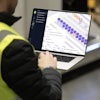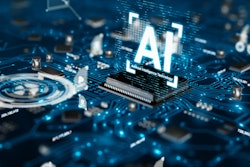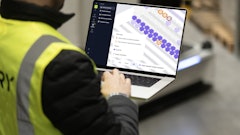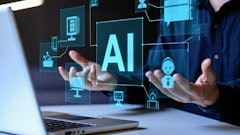
The latest GridRaster survey reveals significant challenges in hiring and workforce enablement in response to recent presidential tariffs aimed at boosting U.S. manufacturing activity.
"The findings highlight the urgent need for innovative solutions to support the U.S. manufacturing workforce. At GridRaster, we are committed to providing AR/VR technologies that enhance human capital efficiency to help employees do more on the manufacturing floor. Our solutions are designed to empower workers, improve productivity, and address the skill gaps that are critical for the future of U.S. manufacturing," says Rishi Ranjan, CEO of GridRaster.
Key takeaways:
- 70.9% of respondents expressed concern about adding labor as tariffs lead to increased U.S. manufacturing activity. Skill gaps, employee engagement, training and development, and retention were identified as the biggest challenges in workforce enablement.
- 41.2% of respondents are currently using AR/VR and automation technologies, with 40.8% planning to implement these technologies in the near future. These technologies are seen as crucial for enhancing workforce efficiency on the plant floor.
- 61.8% of respondents find workforce enablement technologies effective in addressing challenges, with AR/VR and automation technologies being particularly impactful.
- To address many of today’s labor challenges, many executives plan to invest in new technologies, including learning management systems, human resource information systems, collaboration tools, performance management software, and AR/VR and automation.
- The survey also highlights concerns about the cost, complexity, employee resistance, and integration of new technologies. Overall, the findings underscore the importance of innovative solutions to support the U.S. manufacturing workforce and enhance productivity.
- The main concerns include cost (19.4%), complexity (39.9%), employee resistance (9.7%), and integration with existing systems (21.4%).
- Success is measured through employee performance metrics (20.4%), employee satisfaction surveys (9.7%), retention rates (20.4%), and productivity metrics (39.8%).
- The most challenging areas are training and development (22.3%), communication and collaboration (10.7%), performance management (19.4%), plant floor skills development (31.1%), and employee engagement (9.7%).
- 40.8% of respondents are currently using AR/VR and automation technologies, while 19.4% are planning to implement them.
- Applications include training simulations (15.5%), remote assistance (16.5%), virtual collaboration (14.6%), product design and prototyping (11.7%), robotic process automation (12.6%), industrial robots (10.7%), AI-driven analytics (11.7%), and automated quality control (10.7%).
- 41.2% of respondents find these technologies effective, while 29.4% find them very effective.



















